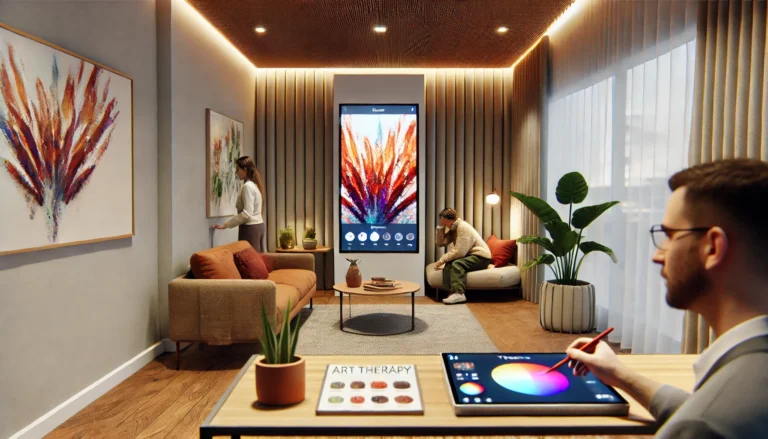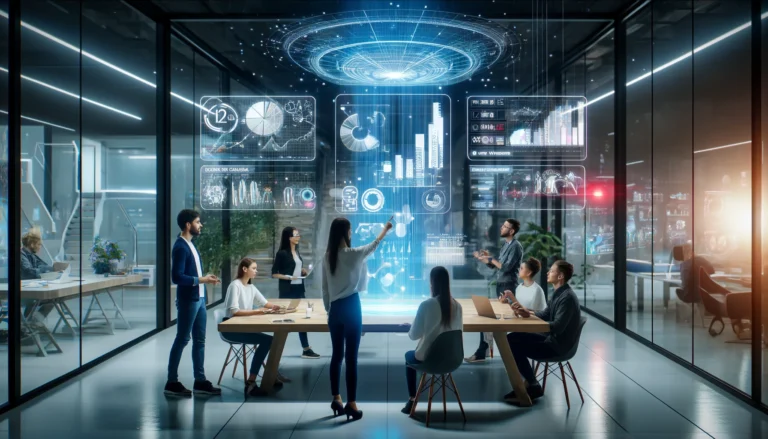In the contemporary era, marked by a relentless pursuit of efficiency, the quest for heightened productivity frequently casts a shadow over the intrinsic value of creativity. This relentless drive towards optimizing output within diminishing temporal windows engenders a paradox wherein the impetus to augment productivity potentially curtails the creative ethos. The intricacies of this dichotomy are profound, prompting an exploration into how the imperative of productivity, though instrumental for accomplishment, might inadvertently impede creative endeavors. Furthermore, this discourse endeavors to elucidate strategies aimed at harmonizing these ostensibly discordant elements, thereby cultivating an ambiance wherein creativity prospers in tandem with productivity.
The Adverse Impacts of Elevated Productivity on Creativity
In the realms of contemporary professional environments and individual projects alike, the ethos of productivity prevails, underscored by metrics such as amplified output, condensed timelines, and enhanced efficiency. Contrarily, the domain of creativity resonates at a divergent frequency, thriving amidst conditions conducive to exploration, idle intervals, and the liberty to encounter failure. The stringent demands engendered by a productivity-centric mindset often culminate in inflexible schedules, significantly constraining the opportunity for mental excursions into untapped terrains—an indispensable facet of creative cognition.
Empirical inquiries within the disciplines of cognitive psychology and neuroscience lend credence to the premise that creativity necessitates a distinct milieu for its flourishing. It is predicated on divergent thinking, a cognitive process characterized by the exploration of multiple potential solutions, which might be stifed by the linear and objective-driven modalities inherent in tasks oriented towards productivity. Scholarly evidence indicates that the imposition of constant temporal pressures and burdensome workloads can markedly diminish an individual’s capacity for lateral thinking and the genesis of innovative concepts.
The Significance of Downtime and Monotony
Contravening the prevailing productivity narrative, intervals of downtime and experiences of monotony emerge as surprisingly fertile grounds for creative thought. Investigations, such as those documented in the Journal of Experimental Social Psychology, advocate for the engagement in simplistic, nondemanding activities that permit mental meandering, thereby augmenting creative problem-solving capabilities. This phenomenon of mental wandering is pivotal for the incubation phase of creativity, during which the subconscious mind persistently deliberates on problems in the absence of focused attention.
Bridging the Gap Between Productivity and Creativity
The Integration of Mindfulness and Deliberate Rest
A promising avenue for reconciling the demands of productivity with the necessities of creativity lies in the incorporation of mindfulness practices and the institution of deliberate rest periods. Mindfulness techniques, encompassing meditation and concentrated breathing exercises, can serve to declutter the mind, thereby setting the stage for the emergence of creative insights. Analogously, the deliberate allocation of rest periods, devoid of any objective-oriented activities, can act as a crucible for the generation of creative thoughts.
The Imperative of Structured Flexibility
The establishment of a professional environment or a personal regimen that marries flexibility with structure presents a viable solution for accommodating both productivity and creativity. This modality entails the reservation of explicit intervals for creative exploration, absent the expectation of tangible outputs. Illustrative of this concept is Google’s renowned 20% guideline, which empowers employees to allocate a fifth of their working hours to projects that ignite their passion, a policy that has precipitated the inception of some of the corporation’s most revolutionary innovations. Such structured flexibility ensures the fulfillment of productivity objectives while simultaneously fostering an environment conducive to creative flourishing.
So…
The interplay between productivity and creativity is intricate yet not intrinsically antagonistic. By acknowledging the distinct requisites of the creative process and tailoring our productivity-oriented routines to accommodate these necessities, we can engender a milieu in which creativity and productivity mutually reinforce rather than detract from one another. The adoption of strategies such as mindfulness, intentional rest, and structured flexibility facilitates the bridging of the divide between the imperative to generate output and the aspiration to innovate, heralding a more enriched and balanced approach to both professional and personal pursuits.
This equilibrium not only augments our innovative capabilities but also enhances the quality of our professional and personal lives, substantiating the premise that productivity and creativity can coalesce in a harmonious symbiosis.










